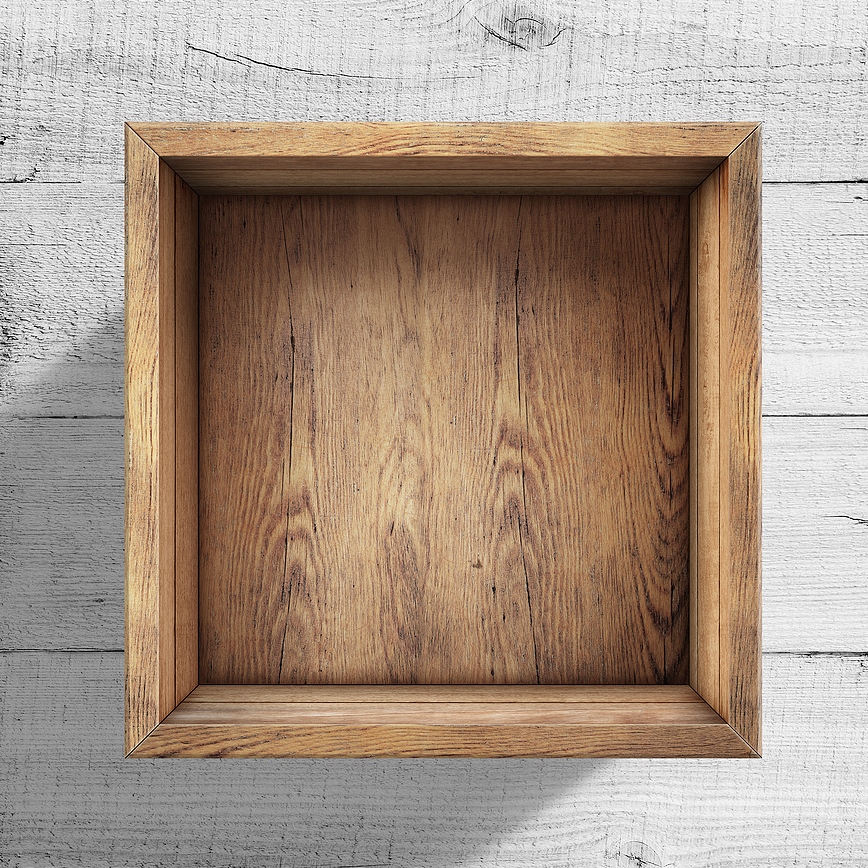Traditional art shipping often relies on huge amounts of non-biodegradable plastics like styrofoam and bubble wrap. These later end up in landfills, exacting an unprecedented toll on the environment. Crating and temperature control may also increase resource use, raising the carbon footprint.
Thus, artists, collectors, and galleries must find more sustainable options for art shipping. This post presents incredible ideas for transporting artwork without adversely impacting the environment. Read on.
Why embrace sustainability?
Plastic bubble wrap is a good example of traditional packaging material used in art shipping. It helps protect precious pieces from damage through its excellent shock-absorbing capabilities. Customers usually tear and discard this packaging material once they receive the product they ordered. After this mere single use, it takes hundreds of years for plastic bubble wrap to decompose. The result is an accumulation of millions of tons of plastic in landfills and the subsequent release of greenhouse gases.
Hence, adopting sustainable practices in art shipping is essential. One benefit is the reduction of waste. Replacing single-use plastics with recyclable or biodegradable materials goes a long way to reducing the amount of waste going into landfills and sneaking into oceans. Furthermore, eco-friendly materials consume minimal energy during production and decomposition, reducing carbon footprint.
In fact, companies that employ sustainable practices enhance their brand image, portraying themselves as responsible environmental stewards. This subsequently draws eco-conscious customers.
Sustainable packaging options
Explore below some sustainable packaging solutions for different forms of artwork.
- Painting and framed works
Customizable boxes made from recycled cardboard are an excellent packaging option for painting and framed artwork pieces. They provide a snug fit and reduce material wastage. A similar alternative is honeycomb paperboard, which is lightweight and durable. It’s a sustainable substitute for foam padding, providing an excellent shock-absorbing cushion for artwork during shipping.
Instead of using metal containers or single-use custom crates, consider the more environmentally friendly reusable wooden crates for long-term storage and transportation. A reliable, safe packaging service should have most of these options.
- Sculptures and delicate art pieces
Fragile art pieces require custom packaging options to prevent breakage while in transit. Consider using moldable cushioning, which is comprised of biodegradable recycled paper pulp or starch-based foam. You can snugly shape these into the contours of the artwork, providing optimum protection.
For cushioning within the crate, biodegradable air pillows are ideal. Alternatively, you may want to use custom foam inserts made from recycled materials.
- Prints and paper arts
Paper-based art pieces and prints must be protected against moisture, dust, and fingerprints. Acid-free glassine bags are an excellent solution. They’re semi-transparent, allowing you to see the prints easily. They’re also naturally smooth, shielding the pieces from scratches.
You’d also want to ditch conventional mailing tubes made of cardboard for recycled paper tubes, which are equally sturdy and more eco-friendly. Another option is reusable mailers, which can be used multiple times for shipping, unlike traditional mailers designed for single use. They’re made from canvas, biodegradable polymers, or recycled plastic and thus can tolerate repeated handling.
Using sustainable packaging solutions designed for different art forms helps minimize environmental impact while maintaining the integrity of the pieces.

Beyond packaging
Besides choosing green packaging materials, you may also want to partner with eco-conscious shipping companies. Most of them run carbon offset programs promoting the neutralization of emissions. Such companies also prioritize the use of alternative fuel vehicles and optimize delivery routes, reducing the overall carbon footprint.
Another essential consideration is the optimization of shipping size and weight. Choose appropriately sized boxes that leave only a little room for cushioning. This reduces the need for excess padding material. Proper space utilization is also essential in reducing the overall shipment weight and fuel consumption.
Lastly, encourage the reuse and repurposing of packaging materials. This lowers waste generation. If you’re running an art production or supply business, you can roll out a program to reward customers who return packaging materials for recycling. Furthermore, partner with local organizations and artists to enhance your environmental sustainability efforts. Such community engagement and environmental awareness help fight pollution on a larger scale.
In conclusion
The shift to sustainable packaging solutions in art shipping is critical as the world struggles to reduce environmental pollution. The planet is generally at a perilous juncture, with millions of tons of plastic waste in landfills and seas. So, every little effort to reduce the amount of waste generated is welcome. Try the packaging solutions fronted herein and play your part in environmental protection. Learning the dos and don’ts of art shipping will also ensure their integrity is preserved.
